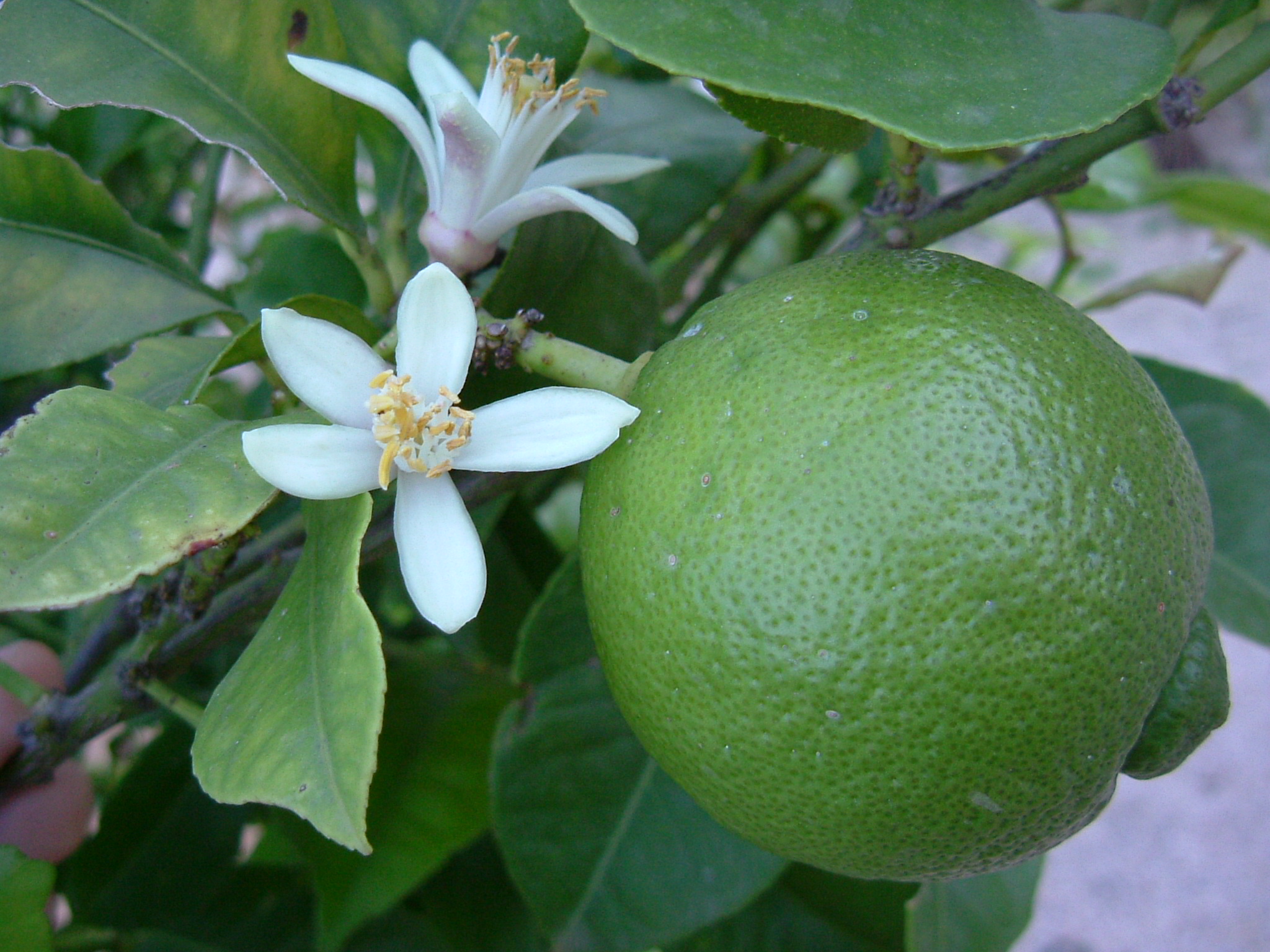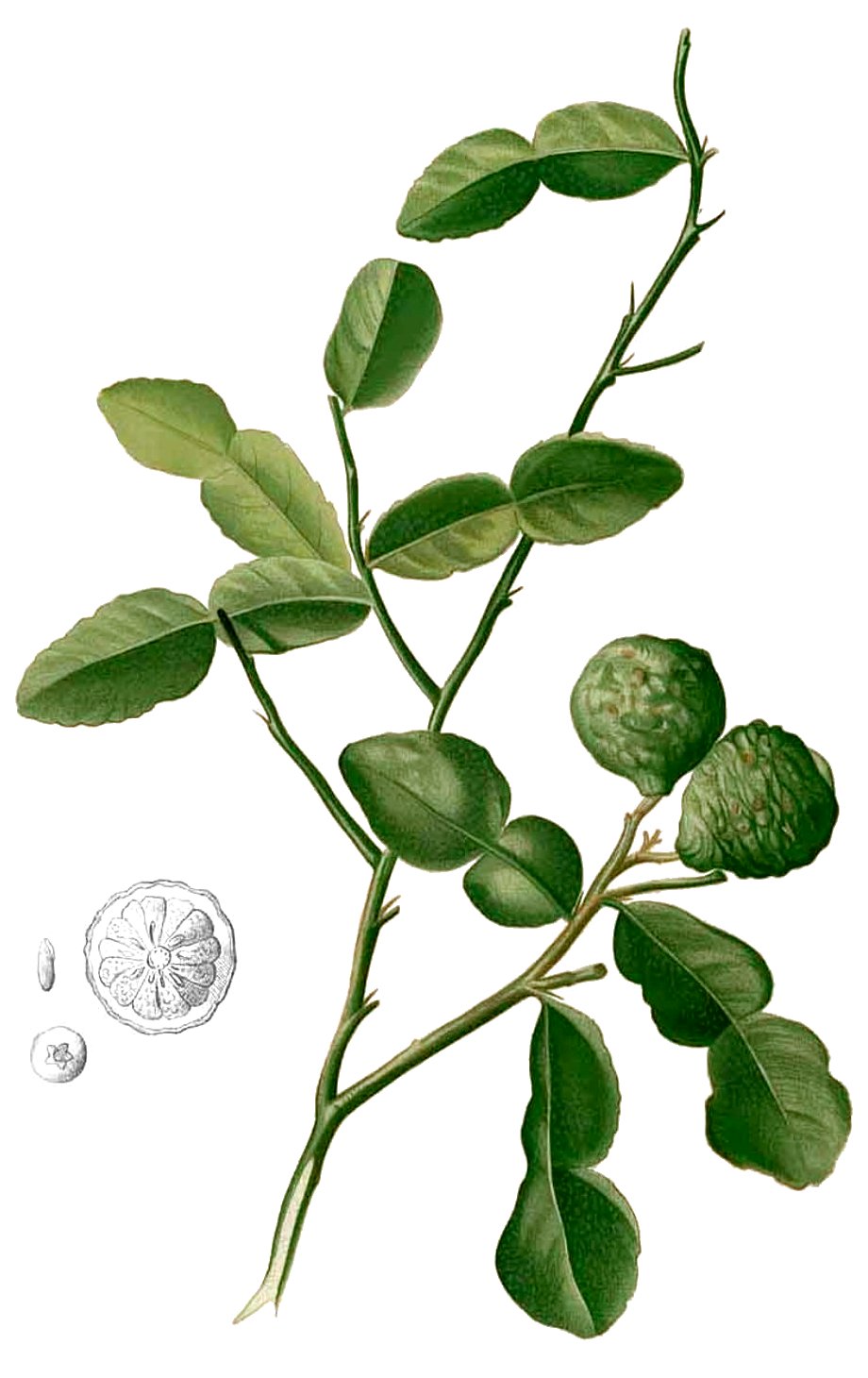|
Peranakan Cuisine
Peranakan cuisine or Nyonya cuisine comes from the Peranakans, descendants of early Chinese migrants who settled in Penang, Malacca, Singapore and Indonesia, inter-marrying with local Malays. In Baba Malay, a female Peranakan is known as a ''nonya'' (also spelled ''nyonya''), and a male Peranakan is known as a ''baba''. The cuisine combines Chinese, Malay, Javanese, South Indian, and other influences. Overview Nyonya cooking is the result of blending Chinese ingredients with various distinct spices and cooking techniques used by the Malay/Indonesian community. This gives rise to Peranakan interpretations of Malay/Indonesian food that is similarly tangy, aromatic, spicy and herbal. In other instances, the Peranakans have adopted Malay cuisine as part of their taste palate, such as assam fish and beef rendang. Key ingredients include coconut milk, galangal (a subtle, mustard-scented rhizome similar to ginger), candlenuts as both a flavoring and thickening agent, laksa ... [...More Info...] [...Related Items...] OR: [Wikipedia] [Google] [Baidu] |
|
 |
Ginger
Ginger (''Zingiber officinale'') is a flowering plant whose rhizome, ginger root or ginger, is widely used as a spice and a folk medicine. It is a herbaceous perennial which grows annual pseudostems (false stems made of the rolled bases of leaves) about one meter tall bearing narrow leaf blades. The inflorescences bear flowers having pale yellow petals with purple edges, and arise directly from the rhizome on separate shoots. Ginger is in the family Zingiberaceae, which also includes turmeric (''Curcuma longa''), cardamom (''Elettaria cardamomum''), and galangal. Ginger originated in Maritime Southeast Asia and was likely domesticated first by the Austronesian peoples. It was transported with them throughout the Indo-Pacific during the Austronesian expansion ( BP), reaching as far as Hawaii. Ginger is one of the first spices to have been exported from Asia, arriving in Europe with the spice trade, and was used by ancient Greeks and Romans. The distantly related di ... [...More Info...] [...Related Items...] OR: [Wikipedia] [Google] [Baidu] |
 |
Laksa
Laksa is a spicy noodle dish popular in Southeast Asia. Laksa consists of various types of noodles, most commonly thick rice noodles, with toppings such as chicken, prawn or fish. Most variations of laksa are prepared with a rich and spicy coconut soup or a broth seasoned with sour (tamarind or ). Originating from Peranakan cuisine, laksa recipes are commonly served in Indonesia, Malaysia, and Singapore. Origin Laksa is one of the most popular dishes of Peranakan origin, with a diverse variety of ingredients and preparation processes that vary greatly by region. Because laksa has different varieties across the region, it is difficult to pinpoint the exact origin of the dish. Nevertheless, numbers of laksa recipes has been developed along the trade channels of Southeast Asia—where the ports of Penang, Medan, Malacca, Singapore, Palembang, and Batavia (now Jakarta) are the major stops along the historic spice route. The intensive trade links among these port cities enables ... [...More Info...] [...Related Items...] OR: [Wikipedia] [Google] [Baidu] |
|
Shallot
The shallot is a botanical variety (a cultivar) of the onion. Until 2010, the (French red) shallot was classified as a separate species, ''Allium ascalonicum''. The taxon was synonymized with '' Allium cepa'' (the common onion) in 2010, as the difference was too small to justify a separate species. As part of the onion genus ''Allium'', its close relatives include garlic, scallions, leeks, chives, and the Chinese onion. Names The name "shallot" comes from Ashkelon, an ancient Canaanite city, where Classical-era Greeks believed shallots originated. The term ''shallot'' is usually applied to the French red shallot (''Allium cepa'' var. ''aggregatum'', or the ''A. cepa'' Aggregatum Group). It is also used for the Persian shallot or ''musir'' (''A. stipitatum'') from the Zagros Mountains in Iran and Iraq, and the French gray shallot (''Allium oschaninii'') which is also known as ''griselle'' or "true shallot"; it grows wild from Central to Southwest Asia. The name ''sha ... [...More Info...] [...Related Items...] OR: [Wikipedia] [Google] [Baidu] |
|
 |
Lime (fruit)
A lime (from French ''lime'', from Arabic ''līma'', from Persian ''līmū'', "lemon") is a citrus fruit, which is typically round, green in color, in diameter, and contains acidic juice vesicles. There are several species of citrus trees whose fruits are called limes, including the Key lime (''Citrus aurantiifolia''), Persian lime, Makrut lime, and desert lime. Limes are a rich source of vitamin C, are sour, and are often used to accent the flavours of foods and beverages. They are grown year-round. Plants with fruit called "limes" have diverse genetic origins; limes do not form a monophyletic group. Plants known as "lime" The difficulty in identifying exactly which species of fruit are called lime in different parts of the English-speaking world (and the same problem applies to synonyms in other European languages) is increased by the botanical complexity of the citrus genus itself, to which the majority of limes belong. Species of this genus hybridise readily, and i ... [...More Info...] [...Related Items...] OR: [Wikipedia] [Google] [Baidu] |
|
Cincalok
Cincalok is a Malay dish that originated in Malacca, Malaysia, consumed by Malay, Peranakan and Kristang. It can trace its origin during Portuguese occupation of Malacca. In Malacca, the shrimp is called udang geragau. This dish made up of fermented small shrimps or krill. It is usually served as a condiment together with chillis, shallots and lime juice. The shrimp in the pinkish coloured cincalok are readily identifiable and the taste is salty. Sir R. O. Winstedt has written about "Cencaluk" in Malaysia in his book "The Circumstances of Malay Life - 1909". This shrimp is available in particular season in Pantai Klebang, Limbongan, Tanjung Kling and several coastal areas. Nowadays, cencaluk making enterprises are gaining ground among the residents in several areas in the state of Melaka. The state government itself has designated the State Legislative Assembly constituency Sungai Udang Sungai Udang is a mukim and town in Melaka Tengah, Malacca, Malaysia. It is s ... [...More Info...] [...Related Items...] OR: [Wikipedia] [Google] [Baidu] |
|
 |
Kaffir Lime
''Citrus hystrix'', called the kaffir lime or makrut lime, (, ) is a citrus fruit native to tropical Southeast Asia. Its fruit and leaves are used in Southeast Asian cuisine, and its essential oil is used in perfumery. Its rind and crushed leaves emit an intense citrus fragrance. Names "Kaffir" is thought to ultimately derive from the Arabic ''kafir'', meaning ''infidel'', though the mechanism by which it came to be applied to the lime is uncertain. Following the takeover of the Swahili coast, Muslims used the term to refer to the non-Muslim indigenous Africans, who were increasingly abducted for the Indian Ocean slave trade, which reached a height in the fifteenth and sixteenth century. The most likely etymology is through the Kaffirs, an ethnic group in Sri Lanka partly descended from enslaved Bantu. The earliest known reference, under the alternative spelling "caffre" is in the 1888 book ''The Cultivated Oranges, Lemons Etc. of India and Ceylon'' by Emanuel Bonavia, wh ... [...More Info...] [...Related Items...] OR: [Wikipedia] [Google] [Baidu] |
 |
Jicama
''Pachyrhizus erosus'', commonly known as jícama ( or ; Spanish ''jícama'' ; from Nahuatl ''xīcamatl'', ) Mexican turnip, is the name of a native Mexican vine, although the name most commonly refers to the plant's edible tuberous root. Jícama is a species in the ''Pachyrhizus'' erosus in the pea family. (Fabaceae). ''Pachyrhizus tuberosus'' and ''Pachyrhizus ahipa'' are the other two cultivated species. The naming of this group of edible plants can sometimes be confusing, with much overlap of similar or the same common names. Flowers, either blue or white, and pods similar to peas, are produced on fully developed plants. Several species of jicama occur, but the one found in many markets is ''P. erosus''. The two cultivated forms of ''P. erosus'' are ''jicama de agua'' and ''jicama de leche'', both named for the consistency of their juice. The ''leche'' form has an elongated root and milky juice, while the ''agua'' form has a top-shaped to oblate root and a more wat ... [...More Info...] [...Related Items...] OR: [Wikipedia] [Google] [Baidu] |
|
Torch Ginger
''Etlingera elatior'' (also known as torch ginger, ginger flower, red ginger lily, torch lily, wild ginger, ''combrang, bunga kantan'', Philippine wax flower, ගොඩ ඕලු (goda olu), ගොඩ නෙලුම් (goda nelum), සිද්ධාර්ථ (siddartha), 火炬姜 (), Indonesian tall ginger, ''boca de dragón, rose de porcelaine'', and porcelain rose) is a species of herbaceous perennial plant. Botanical synonyms include ''Nicolaia elatior'',Riffle, Robert Lee (1998). ''The tropical look: an encyclopedia of dramatic landscape plants'', Timber Press, , p. 167 ''Phaeomeria magnifica'', ''Nicolaia speciosa'', ''Phaeomeria speciosa'', ''Alpinia elatior'', and ''Alpinia magnifica.'' The showy pink flowers are used in decorative arrangements, ''bunga kecombrang'', and are an important ingredient across Southeast Asia. In North Sumatra (especially among the Karo people), the flower buds are used for a stewed fish dish called ''Arsik ikan mas'' (Andaliman/Szechuan pe ... [...More Info...] [...Related Items...] OR: [Wikipedia] [Google] [Baidu] |
|
 |
Lemongrass
''Cymbopogon'', also known as lemongrass, barbed wire grass, silky heads, Cochin grass, Malabar grass, oily heads, citronella grass or fever grass, is a genus of Asian, African, Australian, and tropical island plants in the grass family. Some species (particularly '' Cymbopogon citratus'') are commonly cultivated as culinary and medicinal herbs because of their scent, resembling that of lemons (''Citrus limon''). The name cymbopogon derives from the Greek words (, 'boat') and (, 'beard') "which mean hatin most species, the hairy spikelets project from boat-shaped spathes." Lemongrass and its oil are believed to possess therapeutic properties. Uses Citronella grass ('' Cymbopogon nardus'' and ''Cymbopogon winterianus'') grow to about and have magenta-colored base stems. These species are used for the production of citronella oil, which is used in soaps, as an insect repellent (especially mosquitoes and houseflies) in insect sprays and candles, and aromatherapy. The princip ... [...More Info...] [...Related Items...] OR: [Wikipedia] [Google] [Baidu] |
|
Tamarind
Tamarind (''Tamarindus indica'') is a leguminous tree bearing edible fruit that is probably indigenous to tropical Africa. The genus ''Tamarindus'' is monotypic, meaning that it contains only this species. It belongs to the family Fabaceae. The tamarind tree produces brown, pod-like fruits that contain a sweet, tangy pulp, which is used in cuisines around the world. The pulp is also used in traditional medicine and as a metal polish. The tree's wood can be used for woodworking and tamarind seed oil can be extracted from the seeds. Tamarind's tender young leaves are used in Indian and Filipino cuisine. Because tamarind has multiple uses, it is cultivated around the world in tropical and subtropical zones. Description The tamarind is a long-lived, medium-growth tree, which attains a maximum crown height of . The crown has an irregular, vase-shaped outline of dense foliage. The tree grows well in full sun. It prefers clay, loam, sandy, and acidic soil types, with a h ... [...More Info...] [...Related Items...] OR: [Wikipedia] [Google] [Baidu] |
|
 |
Belachan
Shrimp paste or prawn sauce is a fermented condiment commonly used in Southeast Asian and Southern Chinese cuisines. It is primarily made from finely crushed shrimp or krill mixed with salt, and then fermented for several weeks. They are either sold in their wet form or are sun-dried and either cut into rectangular blocks or sold in bulk. It is an essential ingredient in many curries, sauces and sambal. Shrimp paste can be found in many meals in Cambodia, Indonesia, Laos, Malaysia, Myanmar, the Philippines, Singapore, Thailand, and Vietnam. It is often an ingredient in dip for fish or vegetables. History ''Trasi'', (Indonesian- Javanese fermented shrimp paste; alt. spelling: ''terasi''), as mentioned in two ancient Sundanese scriptures, ''Carita Purwaka Caruban Nagari'' and ''Mertasinga'', had been around in Java before sixth century. According to ''Carita Purwaka Caruban Nagari'', Cirebon had angered the King of Galuh Kingdom after they stopped paying a trib ... [...More Info...] [...Related Items...] OR: [Wikipedia] [Google] [Baidu] |